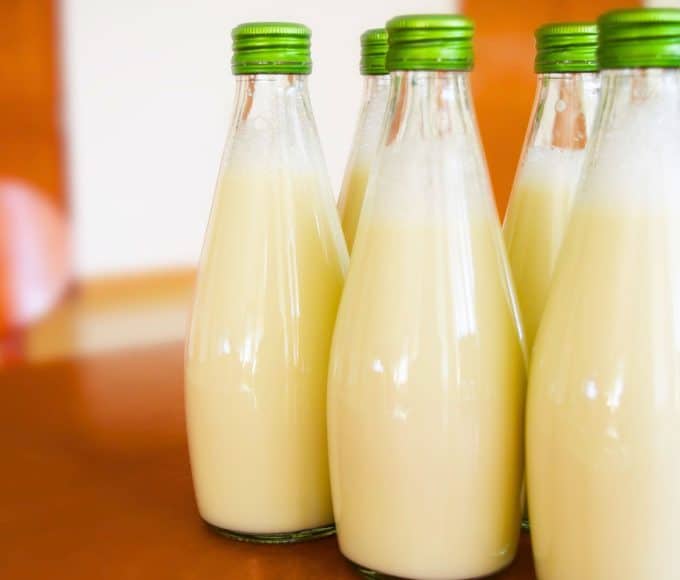With their vivid hues and unique life cycles, North American salmon are both an integral part of the ecosystem and an extraordinary gastronomic experience. This guide to the five types of salmon in North America will review the distinct characteristics that define each species. Let’s jump right in and uncover the secrets of these captivating creatures!
Chinook
Also known as the king salmon, Chinook salmon are the largest of the five species and can weigh up to 100 pounds. They’re easily distinguished by their large size, black mouth, and a unique purple-black coloring on their back. Chinooks are prized for their high fat content, making the fish exceptionally flavorful. They typically inhabit the northern Pacific Ocean and the rivers discharging into it.
Sockeye
Sockeye, also commonly called red salmon, are famous for their vibrant red flesh and robust flavor. They are medium-sized, typically weighing between 5 and 15 pounds. Sockeyes have a unique life cycle, spending a significant part of their lives in freshwater systems before migrating to the sea. Their diet, rich in zooplankton and small crustaceans, contributes to their deep red color and intense flavor.

Keta
Keta salmon, sometimes called chum salmon, are quite large and can weigh up to 20 pounds. They have a lower fat content compared to other species, resulting in a milder flavor. Keta have distinctive tiger-like stripes on their back during spawning, which makes them easy to identify. They are also the most widely distributed of all the salmon species.
Coho
Also called silver salmon, coho are smaller in comparison to keta salmon, usually weighing between 8 and 12 pounds. Their most distinguishing features are their bright silver skin, black mouth, and white gums. In addition, they’re known for their firm texture and delicate flavor. They are native to the Pacific and Arctic oceans and are a popular catch among sport fisherpeople.
Pink
Pink salmon are sometimes called humpback salmon due to the distinctive hump males develop during spawning. They are the smallest of the five species, usually weighing around 5 pounds. They have light-colored flesh and a mild flavor. These salmon are abundant and have a two-year life cycle, which leads to significant population surges every other year.
Now that you’ve reviewed this guide to the five varieties of North American salmon, let these species’ unique characteristics inspire you in the kitchen. Cook up your favorite type of salmon for a tasty dose of protein and an array of vitamins.















